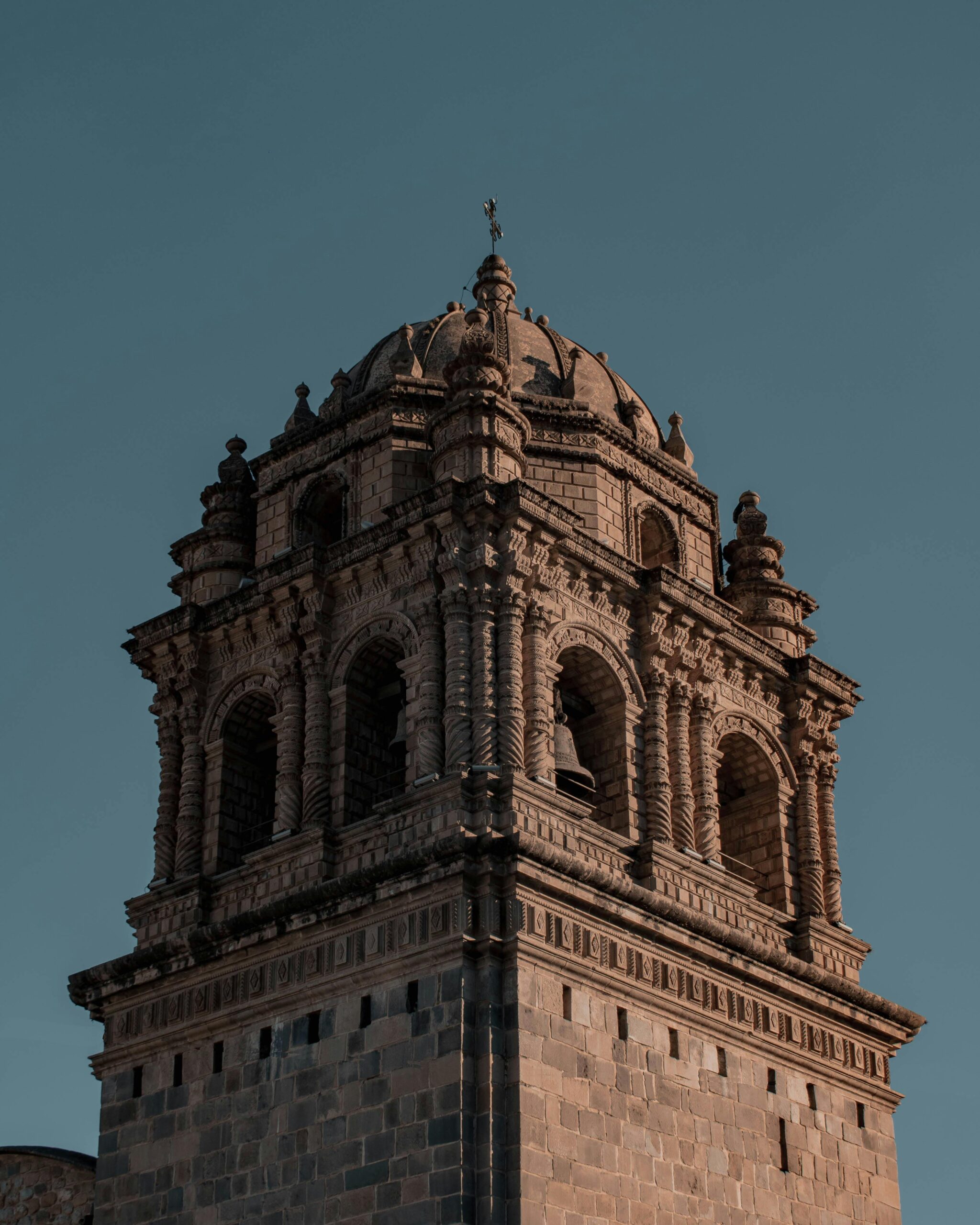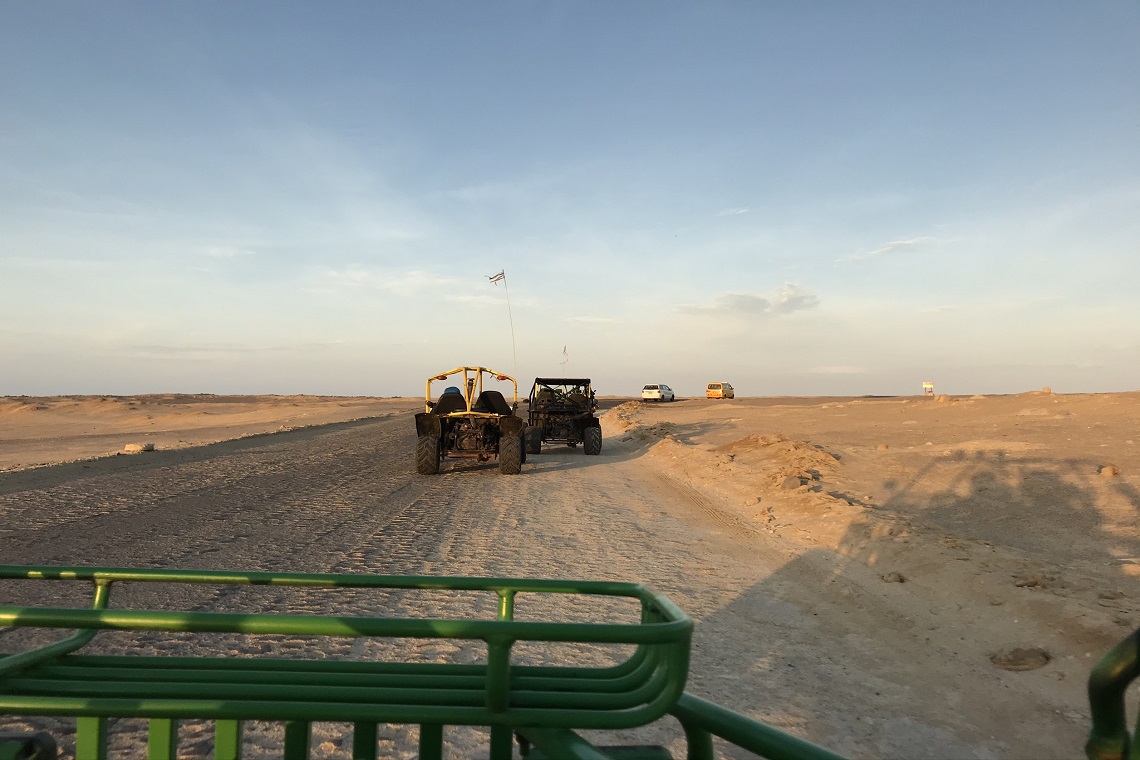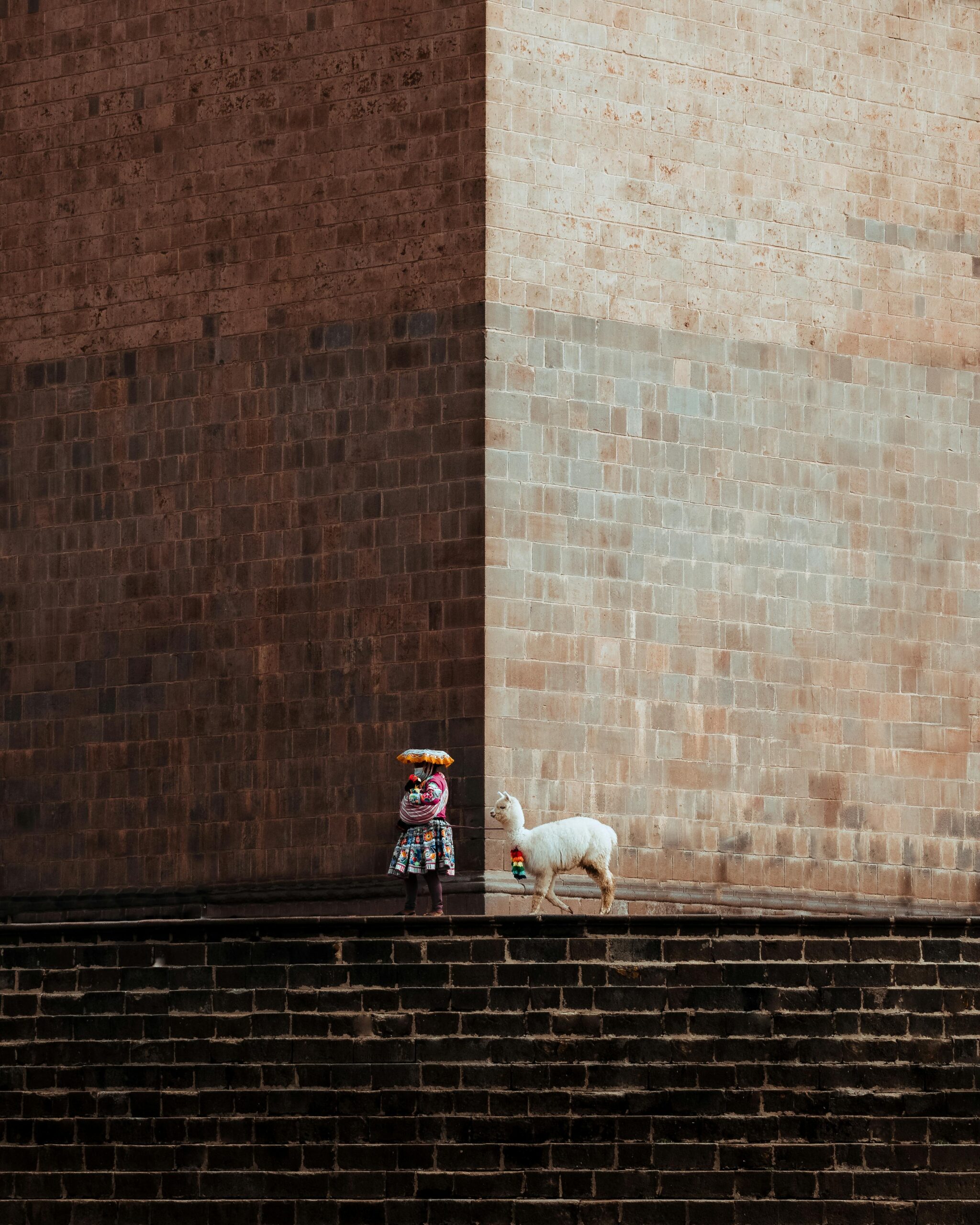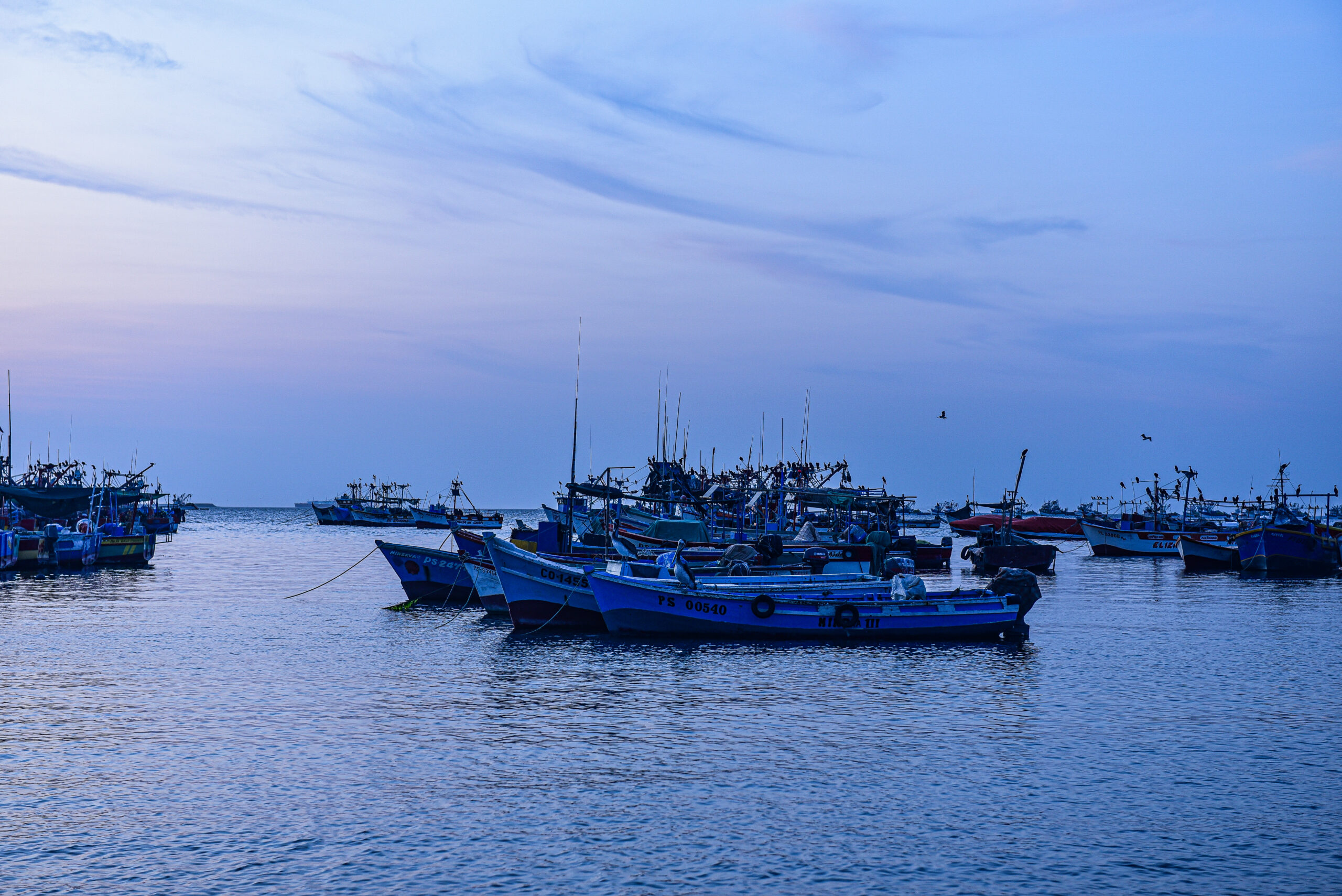As soon as you set foot on Peruvian soil, you immediately feel that time is slowing down. In fact, this is a country that can’t be discovered at full speed, but rather by taking one’s time. In short, it’s a country made for slow tourism, that gentle, respectful and, above all, passionate way of travelling.
But what exactly should you see when you want to experience Peru differently? What should you look for in such a vast and varied country, without missing out on emblematic places? Here’s our selection of must-see places in Peru, region by region, for a journey that’s rich, deep and meaningful. Of course, here we’ll be talking about places you absolutely must visit, but which are less well known to tourists or on the main circuits.
Cusco: Tipon, discovering the hydraulic engineering of the Incas
The Cusco region is undoubtedly the most visited in the country. Everyone passes through on their way to the Sacred Valley and the famous Machu Picchu.
These places are a must-see, but instead of following the classic route, why not take the time to stop off at Tipon, a site that is often overlooked, yet fascinating. A visit to this site is safe from
Located some 30 minutes south of Cusco, Tipon is an ancient Inca ceremonial center dedicated to water. It’s not a frozen or abandoned ruin, but a site that’s still alive. Water still flows through the original canals. The Incas had developed a highly sophisticated irrigation system for their time, in perfect harmony with the slope and the cycles of nature.
On the site, you can listen to the murmur of the water, as well as observe the green terraces and the stones carved with uncommon precision. Tipon is a place to take time to contemplate, not least because there’s something sacred about it. It’s a perfect stopover for those who want to feel the soul of the region without the crowds that can be seen at other well-known sites in the area.
Lima: Barranco, a bohemian breath of fresh air on the ocean
The country’s capital, Lima, has a bad reputation for being sprawling, noisy and congested. Yet Lima hides many treasures. Just leave the city center and head for Barranco, the city’s artistic district on the shores of the Pacific.
With its colorful colonial houses, art galleries and small cafés overlooking the sea, Barranco is the perfect place to stroll. You can wander aimlessly, drawn by a mural, a street musician or a simple flower market. Staircases lead to hidden parks, or to the cliff walk from which you can admire surfers in the distance. Here, Lima takes on a different, more human and calmer aspect. If you’re staying in the Peruvian capital for several days, be sure to stop by!
If you have enough time, a visit to the Museo Larco is a must on any visit to Lima. Housed in a magnificent colonial hacienda surrounded by flower-filled gardens, the museum offers a fascinating journey through 5,000 years of pre-Columbian civilization. It boasts an impressive collection of ceramics, textiles and gold and silver objects, some of which are exceptionally fine. The museum is also famous for its unique room dedicated to pre-Columbian erotic art.
Arequipa: the white heart of the city and the Canyon
Arequipa, “The White City”, is a bright, elegant city where it’s good to linger. Its historic center, a UNESCO World Heritage site, exudes a peaceful atmosphere despite the hustle and bustle. As you stroll through the arcades, you’ll hear the sound of a fountain, a mass starting or an orange juice vendor calling out to passers-by.
But if there’s one place in town not to be missed, it’s the Santa Catalina monastery. A veritable city within the city, this convent invites you to stroll in silence. You’ll discover nuns’ cells transformed into small flower-filled apartments, and peaceful patios where time seems suspended.
Arequipa is also, and above all, the departure point for the majestic Colca Canyon. This natural site, twice as deep as the Grand Canyon, impresses with its agricultural terraces, hilltop villages and arid landscapes. It’s reached after several hours’ drive through the Andean highlands, populated by vicuñas.
In the early morning, from the Cruz del Cóndor spot, if you’re lucky, you’ll be able to observe these mythical birds of prey soaring above the void.
Puno: the mysteries of Lake Titicaca
Located at an altitude of over 3800 metres, Puno borders the deep waters of Lake Titicaca. Here, it’s the energy of the place that really impresses.
One of the most memorable experiences to be had on Lake Titicaca is an encounter with the lake’s peoples. On the floating islands of the Uros, made from woven reeds, or on the islands of Taquile and Amantaní, you’ll discover a different way of inhabiting the world, far removed from our usual points of reference. If you wish, our agency can arrange for you to stay with local people on the Capachica peninsula, in the villages of Llachón, Escallani or Paramis. You’ll have the chance to share the daily life of local families, discover their Andean traditions and enjoy an exceptional natural setting on the shores of Lake Titicaca.
The wind can be icy, as can the temperature, which can be negative at night (remember, you’re at an altitude of 3800 metres!), but the smiles are warm and the welcome is sure to warm you up.
Puerto Maldonado: the jungle as you'd never imagine
Puerto Maldonado is the gateway to the Peruvian Amazon, located in the Madre de Dios region. The town serves as a starting point for exploring one of the world’s most biodiverse rainforests. Some 30 km away is the Tambopata reserve, a vast protected area that is home to exceptional wildlife: scarlet macaws, capuchin monkeys, caimans, and numerous insects and butterflies.
Explorations in this region are generally done on foot along well-groomed trails, or by pirogue on the many waterways. Morning visits are ideal for observing the birds and mammals that are active at dawn. At night, the forest reveals another facet with its characteristic sounds: frogs, insects and nocturnal animals.
Puerto Maldonado enjoys a warm, humid climate, with a rainy season from November to April.
The region is excellent terrain for nature and ecotourism enthusiasts, with several lodges offering facilities for staying in the heart of the jungle.
This place, so different from those we know in Europe or North America, transports us into a universe where nature reigns supreme. The density of the forest, the richness of the species and the intensity of the sounds create a unique experience.
The Inca Trail: walking in the footsteps of history
Some experiences leave a lasting impression. This is the case of the Inca Trail. In fact, it’s not a site per se, it’s more than that: it’s a pilgrimage through a succession of landscapes, archaeological sites and this very special culture. For four days, we follow the traces left by the Incas themselves, through misty mountains, 4000-metre high passes, forests and forgotten vestiges.
Each day offers its own set of wonders: the Llactapata site shrouded in clouds, steps carved out of the rock, wild orchids and multicolored birds.
At the end of the trek comes the ultimate reward: arriving at Machu Picchu through the Sun Gate (Inti Punku) at dawn. To see the citadel gradually revealed, bathed in the first rays, is a moment of rare intensity and undoubtedly unforgettable. Not because of the photo, but because of the emotion: the emotion of having walked, breathed, climbed every step, and to be there, facing this mythical place, having taken the time to get there.
Peru is not just a list of places to “do”. You have to feel it, experience it. And the more you slow down, the more you let yourself be surprised. Behind every mountain, there’s a story. Behind every stone, a memory.
Choosing slow tourism in Peru means deciding not to run out of time. It means preferring a conversation to a photo, a moment of silence to a queue. Above all, it means allowing yourself to be transformed by what you discover, slowly and deeply.




